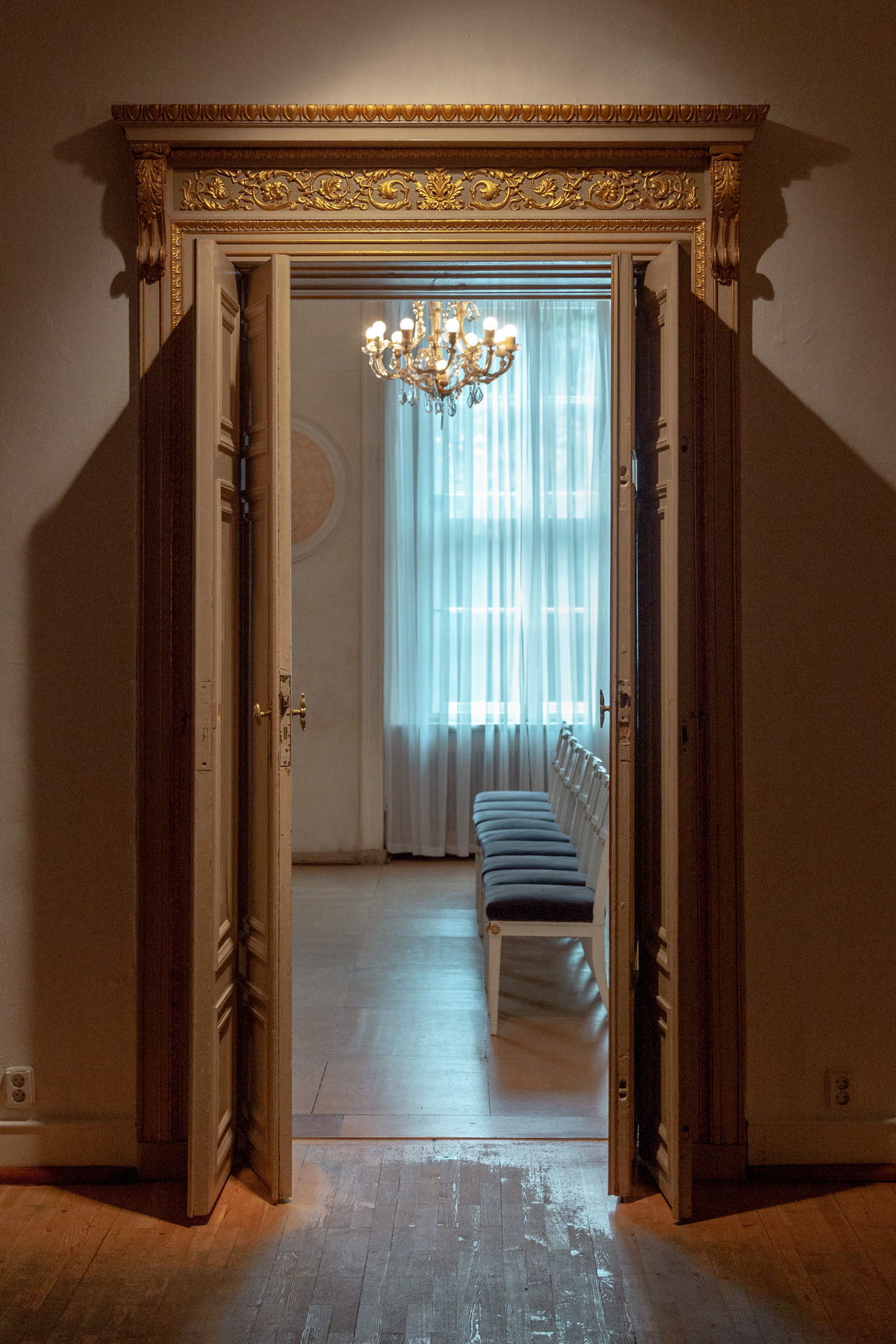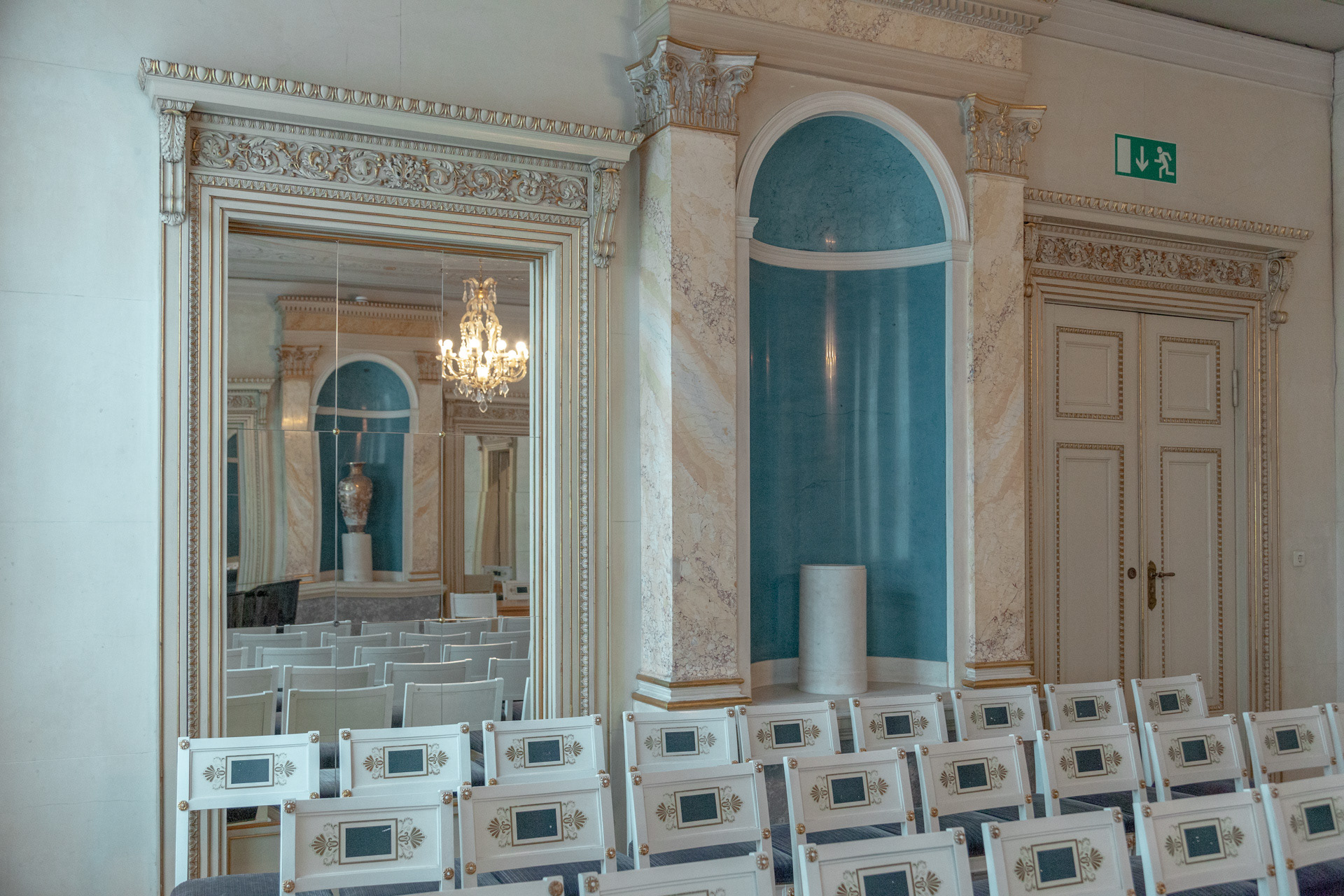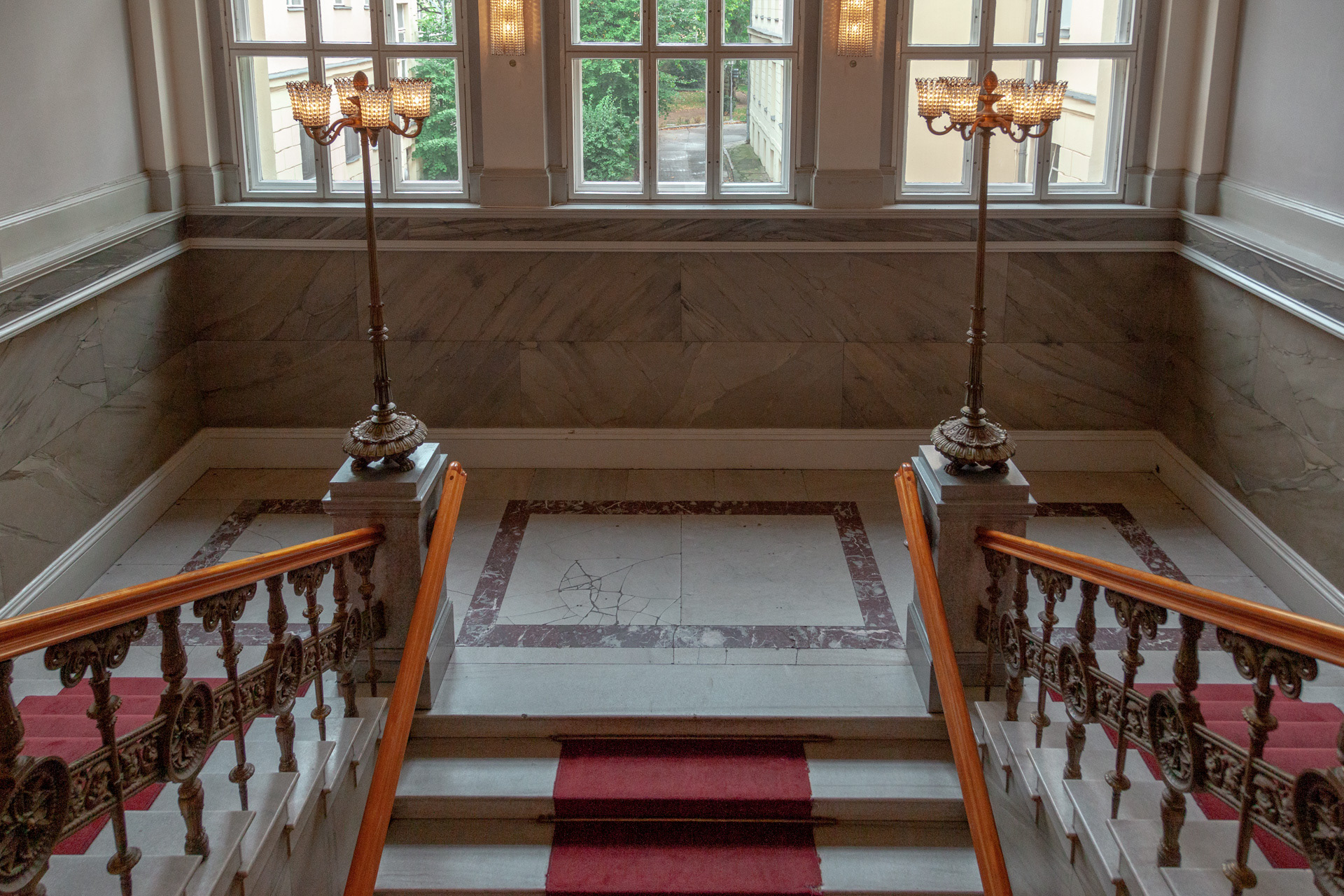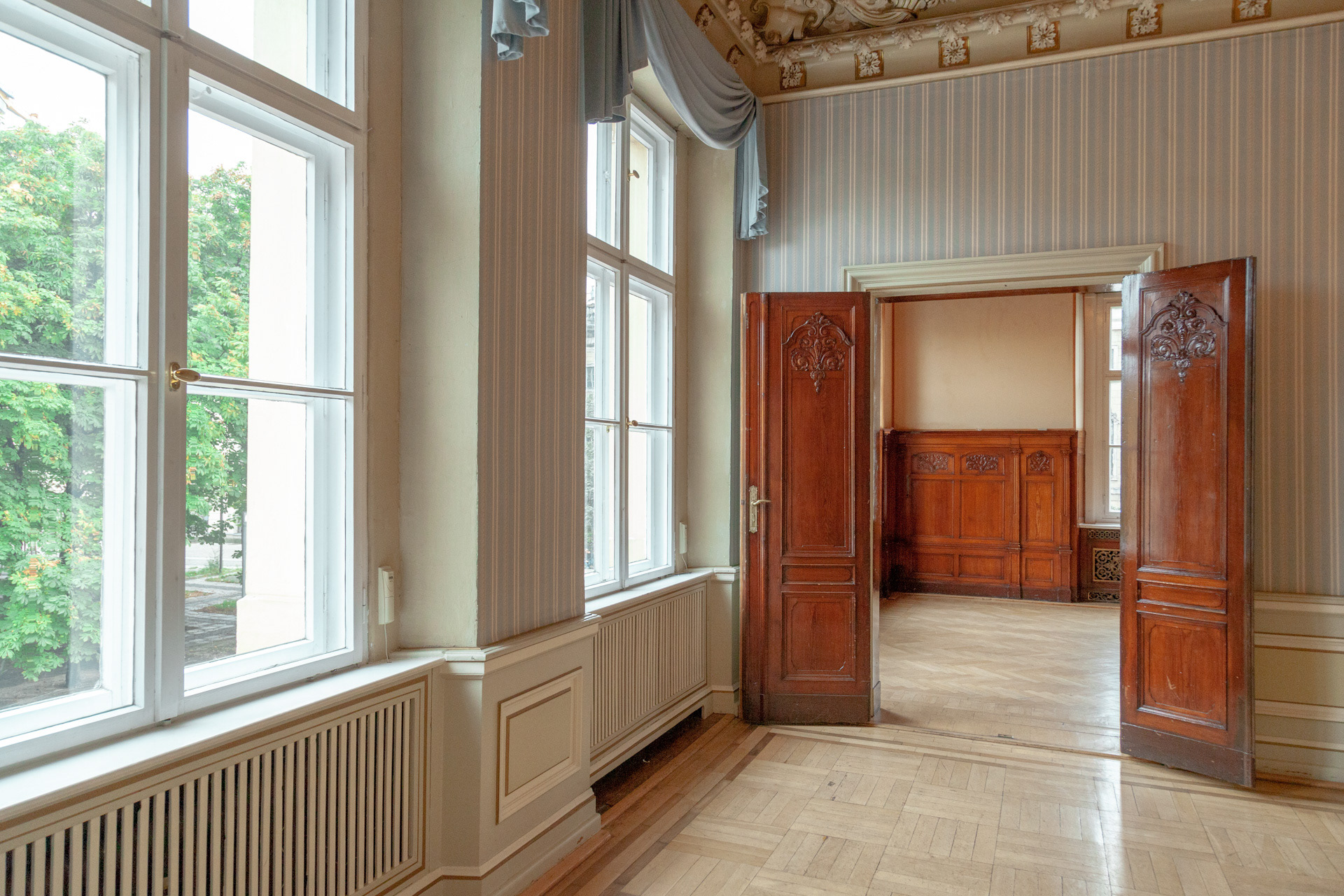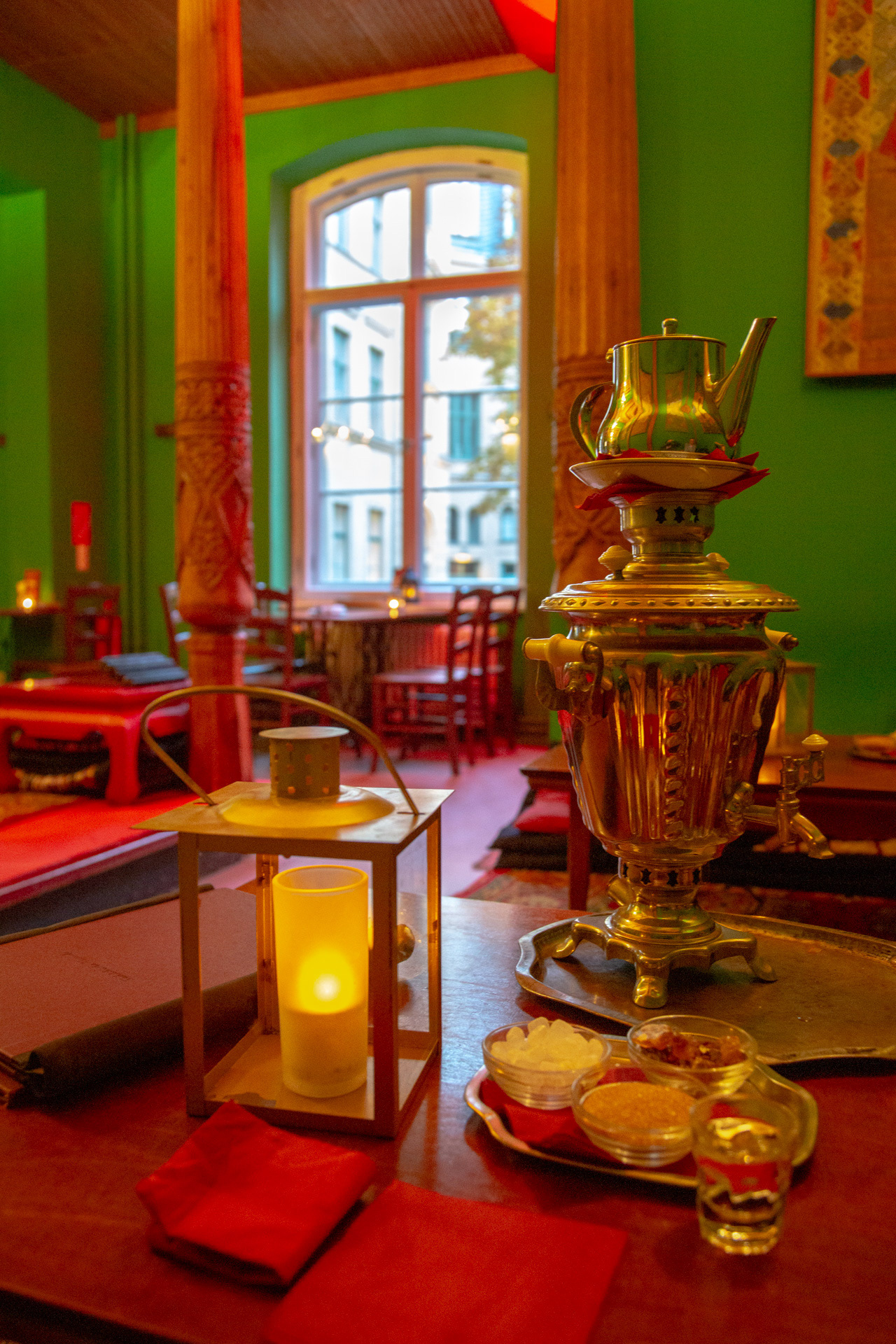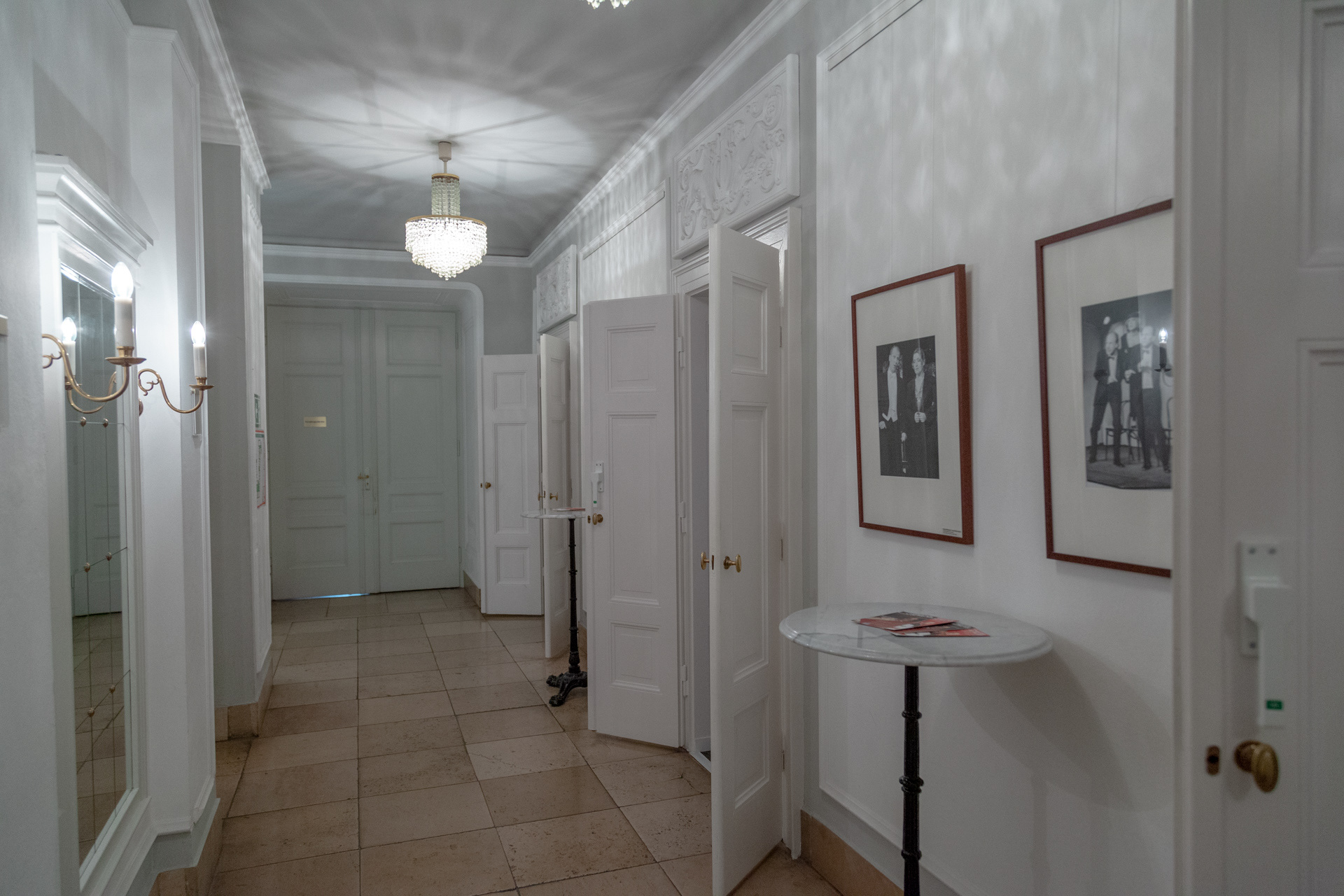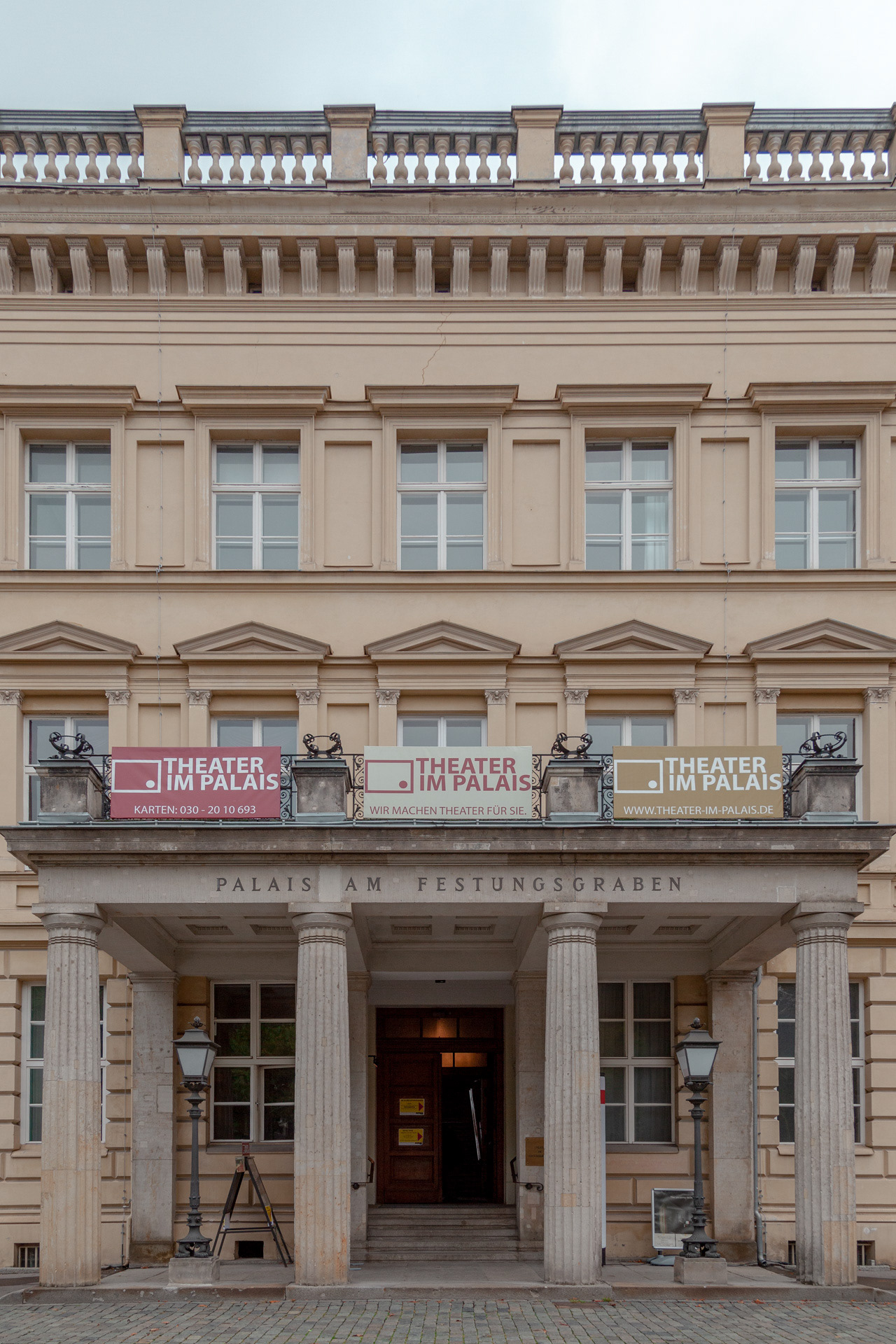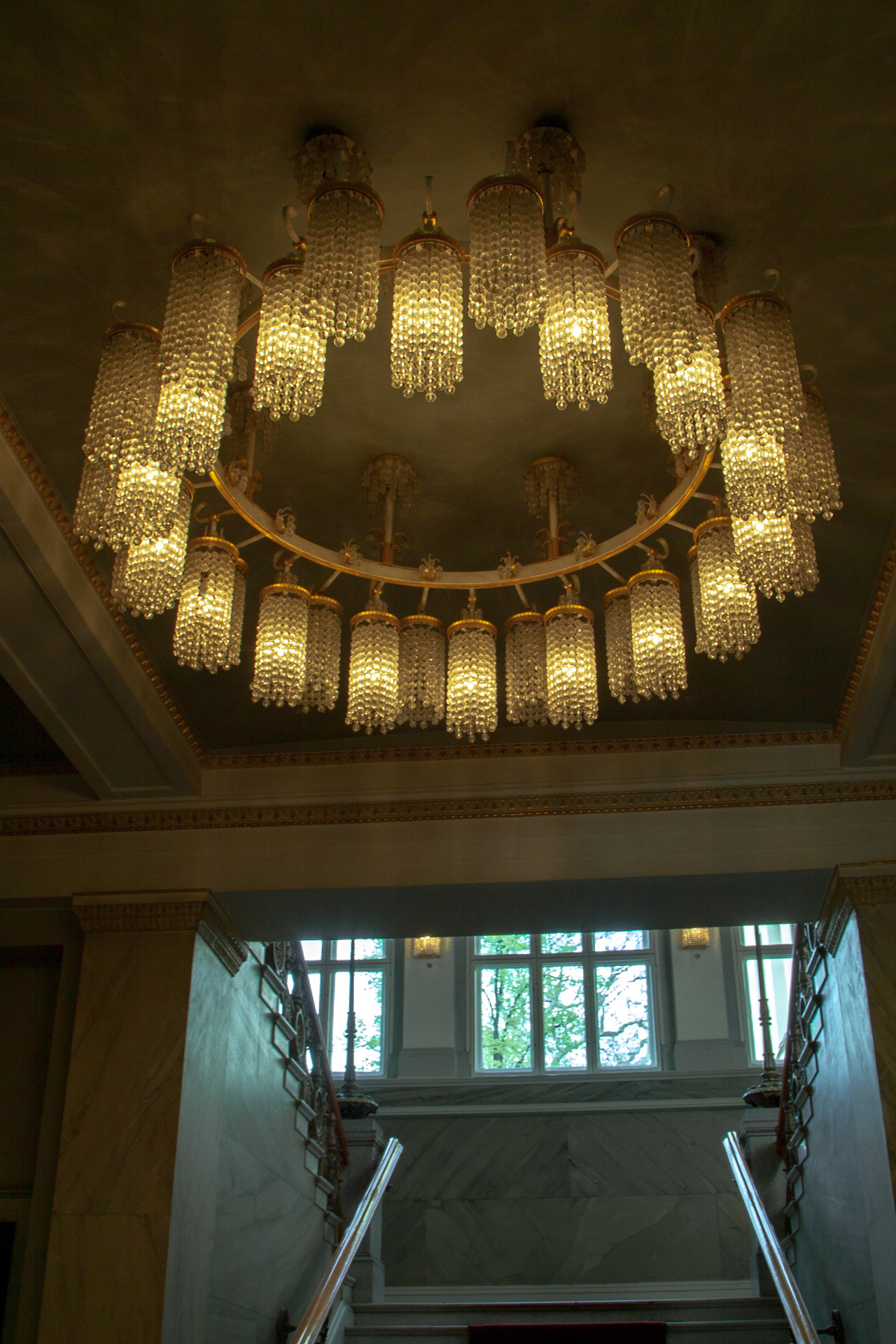The Tag des offenen Denkmals is a very special day to have a look at the heritage of Germany. it's honestly very hard to choose where to go and what to see and sometimes the tours and the lists for the reservations are very short, but there's so much to see that you'll find something anyway.
Last year we managed to have a look at the closed swimming pool Hupe (Lichtenberg) and Inside the kraftwerk Klingenberg (Rummelsburg).
This here we've decided to stay in Mitte and to have a look at one of those buildings that you can pass by everyday but you'll never guess its history and what is inside, the Palais am Festungsgraben.
The former name of the building was Palais Donner and stands on the grounds of the former Berlin city fortifications. By royal order King Frederick II. Prussia in 1751 gave the property to built the palace, that was first a private house, then the official residence of the Prussian Minister of Finance and it has been changed and updated several times.
During WWII the palace was damaged by air raids and the fighting around Berlin at the end of the war. The Soviet Military Administration in Germany (SMAG) repaired the building and then used it for their own purposes. In 1947 the palace was opened to the public as "Haus der Kultur der Sowjetunion" (House of Culture of the Soviet Union). From 1950 to 1990, the palace was the home of the "Haus der Deutsch-Sowjetischen Freundschaft" (German-Soviet Friendship).
After German reunification, this heritage-listed Palais came into the possession of the State of Berlin and is used for cultural, gastronomic and a museum under the new name at the Palais am Festungsgraben.
The Tadshikische Teestube, that now is in Oranienburger strasse, was before inside the building.
Last year we managed to have a look at the closed swimming pool Hupe (Lichtenberg) and Inside the kraftwerk Klingenberg (Rummelsburg).
This here we've decided to stay in Mitte and to have a look at one of those buildings that you can pass by everyday but you'll never guess its history and what is inside, the Palais am Festungsgraben.
The former name of the building was Palais Donner and stands on the grounds of the former Berlin city fortifications. By royal order King Frederick II. Prussia in 1751 gave the property to built the palace, that was first a private house, then the official residence of the Prussian Minister of Finance and it has been changed and updated several times.
During WWII the palace was damaged by air raids and the fighting around Berlin at the end of the war. The Soviet Military Administration in Germany (SMAG) repaired the building and then used it for their own purposes. In 1947 the palace was opened to the public as "Haus der Kultur der Sowjetunion" (House of Culture of the Soviet Union). From 1950 to 1990, the palace was the home of the "Haus der Deutsch-Sowjetischen Freundschaft" (German-Soviet Friendship).
After German reunification, this heritage-listed Palais came into the possession of the State of Berlin and is used for cultural, gastronomic and a museum under the new name at the Palais am Festungsgraben.
The Tadshikische Teestube, that now is in Oranienburger strasse, was before inside the building.






